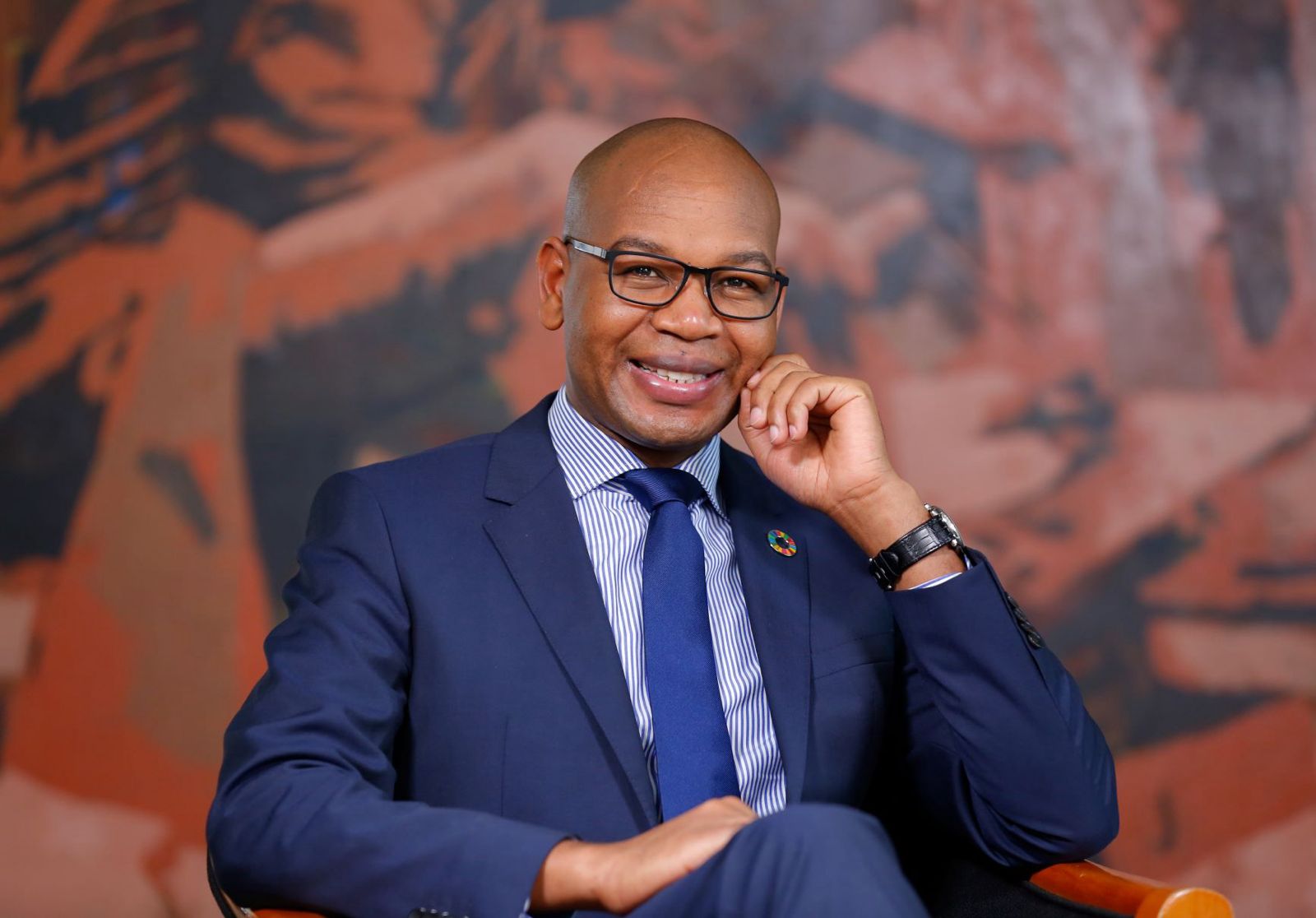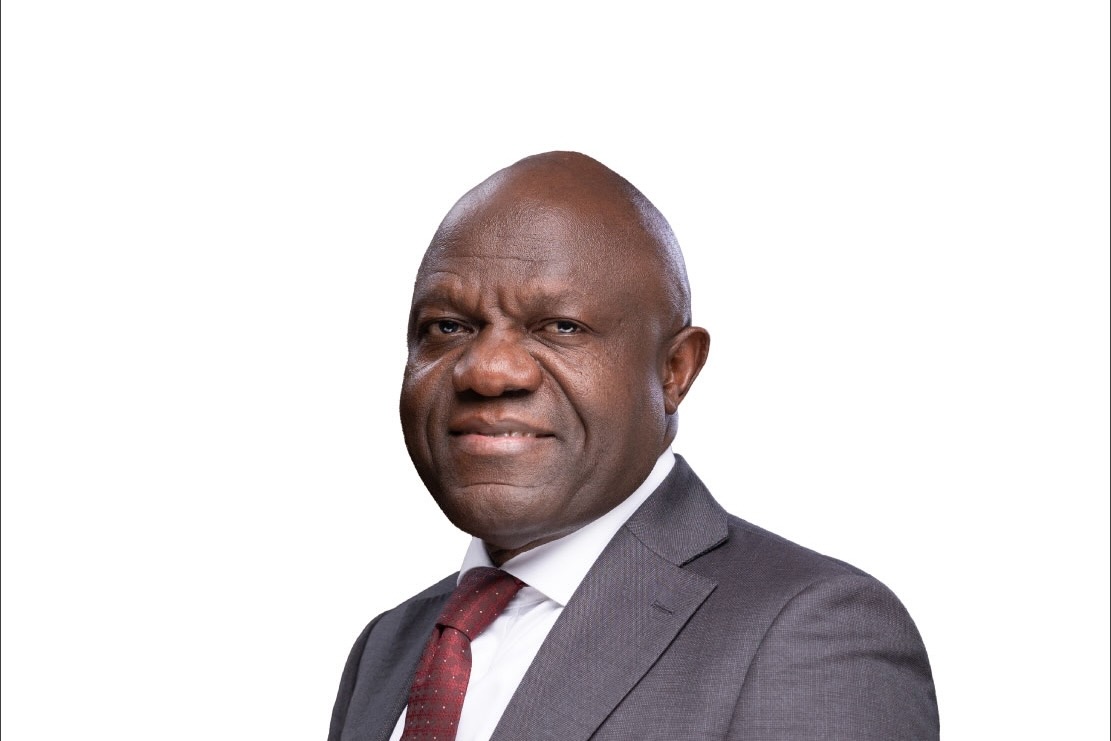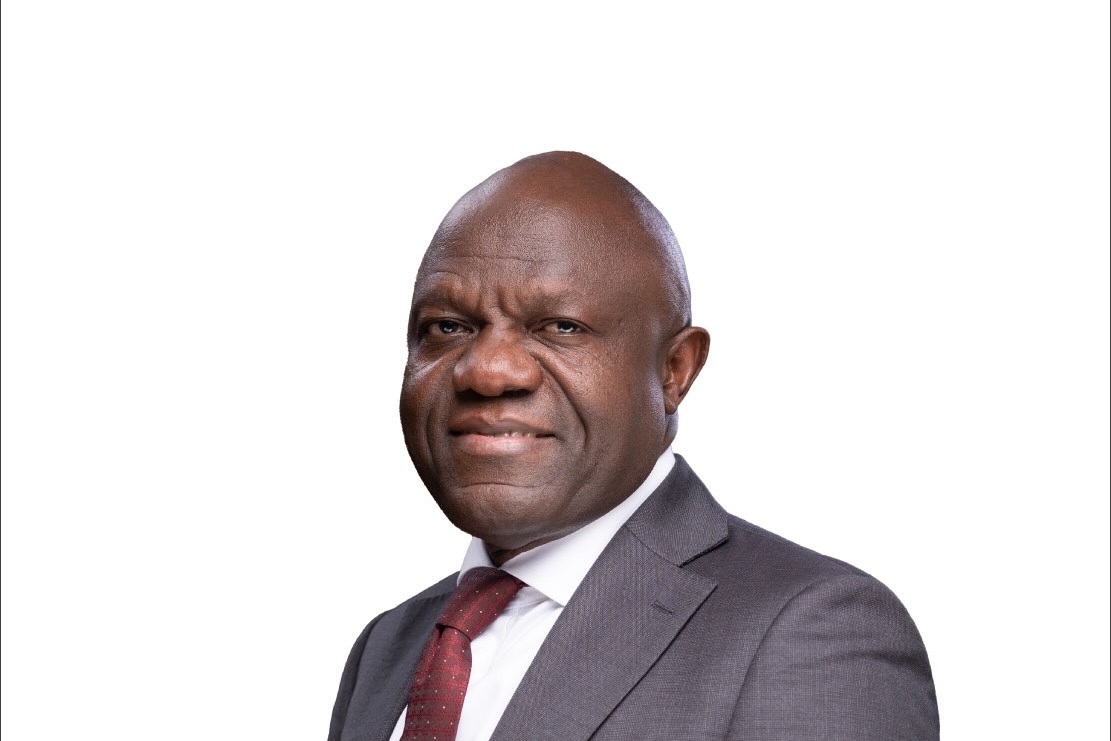Stanbic shareholders eat big as lender earns Shs 366bn in 2022
Stanbic bank Uganda chairman Japheth Katto with Anne Juuko, the Stanbic bank Chief Executive
Last week, Stanbic Holdings Uganda Limited (SHUL) released its performance for 2022 in which it reported a record-breaking growth across all parameters.
For instance, profit after tax went up 33%, delivering a return on equity of 22%, well above the target of 20% and an improvement from 19% in 2021. As a result, shareholders will receive Shs 3.61 per share, totalling Shs 185 billion, in addition to the Shs 0.98 per share, or Shs 50 billion, paid as an interim dividend in the year, writes MUHEREZA KYAMUTETERA.
SHUL is part of the Standard Bank Group, Africa’s largest bank, and is compromised of five subsidiaries, which include: Stanbic Bank Uganda Limited, the leading commercial bank in the country; Stanbic Properties Limited, a real-estate company; SBG Securities Uganda Limited, an investment and brokerage firm; Stanbic Business Incubator Limited, an enterprise development institution; and FlyHub Uganda Limited, a technologies and innovations company.
SHUL reported that profit after tax went up 33% to Shs 357.4 billion from Shs 269.3 billion in 2021. Assets surged 3.9% from Shs 8.7 trillion to Shs 9.1 trillion.
“Our 2022 results are a testament to the resilience of our business. Despite the prolonged uncertainty of the global and local economies, we closed the year with a strong performance and delivered a return on equity of 22%, well above our target of 20% and an improvement from 19% in 2021,” Andrew Mashanda, the chief executive of Stanbic Uganda Holdings Limited, noted.
As a result, directors recommended a dividend of Shs 3.61 per share, totalling Shs 185 billion. In addition, the directors declared interim dividends of Shs 0.98 per share, totalling Shs 50 billion, which were paid in the year. This final dividend will be paid upon receipt of regulatory approval.
“This consistent delivery of solid results reflects our unwavering commitment to a meticulous execution of our strategy, whose core pillars include revenue growth, people development, and a disciplined approach to cost management while investing for growth,” Mashanda noted.
He added that the group’s performance continued to be “underpinned by our banking subsidiary, which posted strong results across all key performance indicators”.
Mashanda said that the new subsidiaries, which have been in operation for two years now “continued to make significant strides towards sustainability, the challenging operating environment notwithstanding”.
He said that Stanbic Properties Limited remains profitable and is executing various projects geared towards revamping our real estate portfolio, while Flyhub received its first revenues during the year and continues to pursue more opportunities as businesses explore ways to become more efficient through automation.
“Our SBG Securities Uganda Limited revenues were largely impacted by a drop in capital market activity, but we remain optimistic about its potential as the diversification into asset management is implemented. Stanbic Business Incubator continued to execute on its mandate as a beacon of SME capacity development in Uganda,” added Mashanda.
Stanbic Business Incubator reached and trained over 3,100 small businesses through the different initiatives, including network innovation and sustainability in agriculture and tourism, a micro-enterprise development program, and a supplier development program aimed at promoting local content capability in the energy services sector.
PERFORMANCE WITH PURPOSE
Stanbic Bank, the banking subsidiary, reported a robust 2022, underpinned by notable progress on enabling the aspirations of our various stakeholders, including customers, shareholders, staff, the government, and the community in which we live and work.
According to published results, the bank reported that deposits grew 6.8% from Shs 5.7 trillion to Shs 6.1 trillion, driving a 9.8% growth in credit uptake from Shs 3.7 trillion to Shs 4.1 trillion.
As a result, income, for the first time, crossed the Shs 1 trillion mark, reaching Shs 1.1 trillion from Shs 946 billion in 2021. Together with prudent cost management, net profit surged a record 33% from Shs 275.4 billion in 2021 to Shs 366 billion.
The bank also reported that its assets had grown by 3.8% from Shs 8.7 trillion in 2021 to Shs 9 trillion. Commenting about the performance, Anne Juuko, the bank’s Chief Executive, said the 2022 performance was a manifest of the bank’s “purpose of driving Uganda’s growth through partnerships and our own efforts in ways that directly and indirectly benefited millions
of Ugandans and supported the country’s post-pandemic economic recovery”
“The bank can confidently report that these efforts paid off for customers. For instance, in 2022, the value of restructured loans— as a result of the pandemic—was considerably reduced from Shs 197 billion to Shs 14.5 billion, while bad loans in the same pool were valued at Shs 26 billion.
As a result of the economic recovery of our customers, we saw a 9.8% growth in demand for new credit in 2022, with the volume of disbursed loans increasing to 77,819 worth Shs 4 trillion from 63,639 approved applications worth Shs 3.7 trillion disbursed in 2021,” she said.
She said that the bank would continue to invest in financial inclusion efforts in 2022, which contributed to a 30 percent increase in the volume of transactions as compared to 2021. This partly drove the bank to cross the one million client mark thanks to “a combination of strategic partnerships, innovations in account/wallet (Flexipay) opening, and product calibration.”
She said the bank, in partnership with the government’s Operation Wealth Creation (OWC) and other development partners, had grown the number of banked Savings and Credit Cooperatives (Sacco) to “over 6100 Saccos with a combined membership of nearly 2 million Ugandans across the country”.
“These Saccos have accessed affordable credit through our multi-stakeholder Economic Enterprise Restart Fund (EERF) to the tune of Shs 40 billion at interest rates as low as 10% per annum for those involved in the agricultural space,” she noted.
She also said that in line with the bank’s gender inclusion agenda, the bank will launch Stanbic4Her in 2022, an initiative to support women-led businesses by extending business management training, networking opportunities, market links, and access to affordable credit.
“With support from the International Finance Corporation (IFC), we managed to close 2022 with over 18,500 women trained in the fundamentals of bookkeeping, tax reporting, and accounting, giving them the confidence to run their businesses,” she said, adding: “It gives us great pleasure to also report that over 11,000 small businesses have opened accounts with us in the past year, and that over 1,800 of them have already benefited from access to affordable credit at rates as low as 15.5%.”
BIGGEST PROMOTER OF AGRICULTURE
Worth noting is that the bank in 2022 was the biggest lender to the agriculture sector, lending some Shs 437bn to the sector (25% of total sector lending). Other top recipients of credit last year were household and consumer lending, accounting for Shs1.04 trillion, trade, at Shs 663 billion, real estate, at Shs 573 billion, and transport and telecommunications, at Shs 417 billion.
The bank also said that it paid Shs 272 billion in taxes and collected Shs 7.5 trillion more on behalf of the government, representing 33 per cent of total remittances to the government by the entire banking industry.
2023 AND BEYOND
Juuko said that the bank acknowledges emerging challenges in the local and international operating environment, which could potentially slow down the pace of growth we registered in 2022.
“Our objective, in the coming year and beyond, will be to sustain the pace of our growth by strengthening our operating risk management capabilities and improving operational efficiency, and to remain focused on creating solutions for the customer
to unlock growth opportunities for them,” she said, adding: “We remain committed to driving sustainable shared value that is equitable and inclusive; achieving this requires a firm focus on financial inclusion, which involves ensuring that as many people as possible have access to financial services.”
Source: The Observer
Share this content:




Post Comment